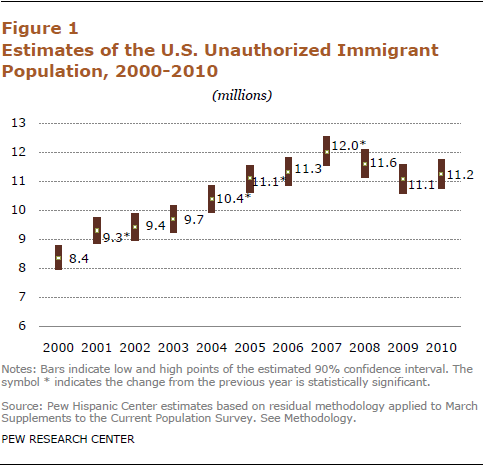Seventeen Magazine and Bank of America Partner To Reveal Teens’ Anxieties About the Economy
Results give key insight into teens and their money worries
As back-to-school approaches, teens have lots on their minds – from classes to social calendars. If that weren’t enough, teens – especially girls — are also stressed out about the economy and money matters, according to a new survey from Seventeen magazine and Bank of America that explores teens’ saving and spending habits.
Most teens are stressed about money, but teen girls are feeling slightly more anxious in today’s climate than boys, with more than eight in ten girls (85%) saying they’re worried about the economy, vs. 75% of teen boys. And nearly nine of ten girls (88%) say they’re fretting about money, vs. 82% of teen boys, according to the survey.
Girls’ fears range from not having enough cash to pay for things they want — like lip gloss and mini dresses — to how to pay for college, to having money to hang out with friends. Teen girls are more likely to be stressed about college funding than teen boys, with more than two-thirds of girls (69%) saying they’re frazzled about paying for education costs, vs. 59% of teen boys.
“Teens are largely recession-proof. They are still buying clothes, beauty products and entertainment. But they can’t avoid the larger cultural anxiety about the economy,” says Seventeen editor-in-chief Ann Shoket. “It’s our job to calm their fears and help them to make smart decisions about their money so they can grow into fiscally responsible adults.”
Two out of three girls say they save some cash, but admit it’s not enough, according to the survey. Girls also say they’re better at spending than stashing, and only one in three (34%) believe they’re in total control of their finances. The Seventeen magazine and Bank of America survey also revealed that when given a choice, teen girls are more likely to choose fun over finances. Notably, if given $100 for their birthday, 55% of teen girls say they would spend it on clothes, while 45% would save it for college.
Regardless of financial anxieties, the large majority of teen girls (76%) are still optimistic about their future and their ability to support themselves as adults. More than eight in ten girls (82%) think they’ll be better off than their parents some day. Nearly two-thirds (64%) of girls says they’d rather have a career that makes a difference over one that makes a lot of money.
“Teen attitudes about spending and saving mirror what all consumers are feeling,” says Beverly Ladley, Customer Strategy Executive at Bank of America. “While their parents still largely support them, teens are interested in learning how to become more financially independent and make smarter decisions about money — and we have the opportunity to help them.”
Other findings from the survey:
- Nearly half (45%) of teens say their parents are worrying/fighting about money more often lately.
- Four in 10 teens (38%) have had to alter their college plans in some way because of the current economic downturn, while one in five have had to either go with their second choice of because of cost or attend a state school instead of a private one in order to save money.
- A large portion of teens have changed their spending habits as a result of the economy (65%); this is especially true among Hispanic teens (75%).
Methodology:
The research, conducted in April, surveyed 2,000 teens in the U.S. ages 16 to 21.
ABOUT SEVENTEEN:
Seventeen reaches more than 13 million readers every month and is today’s largest selling teen beauty and fashion magazine. Seventeen is published by Hearst Magazines, a unit of Hearst Corporation (www.hearst.com) and one of the world’s largest publishers of monthly magazines, with a total of 19 U.S. titles and nearly 200 international editions. Hearst Magazines reaches more adults in the U.S. than any other publisher of monthly magazines (73.4 million according to MRI, fall 2006). The company also publishes 19 magazines in the United Kingdom through its wholly owned subsidiary, The National Magazine Company Limited.
ABOUT BANK OF AMERICA:
Bank of America is one of the world’s largest financial institutions, serving approximately 55 million consumer and small business relationships with more than 6,100 retail banking offices, more than 18,500 ATMs and award-winning online banking with nearly 30 million active users. Bank of America offers industry-leading support to more than 4 million small business owners through a suite of innovative, easy-to-use online products and services. Bank of America is among the world’s leading wealth management companies and serves clients in more than 150 countries.
Source: Hearst Magazines









